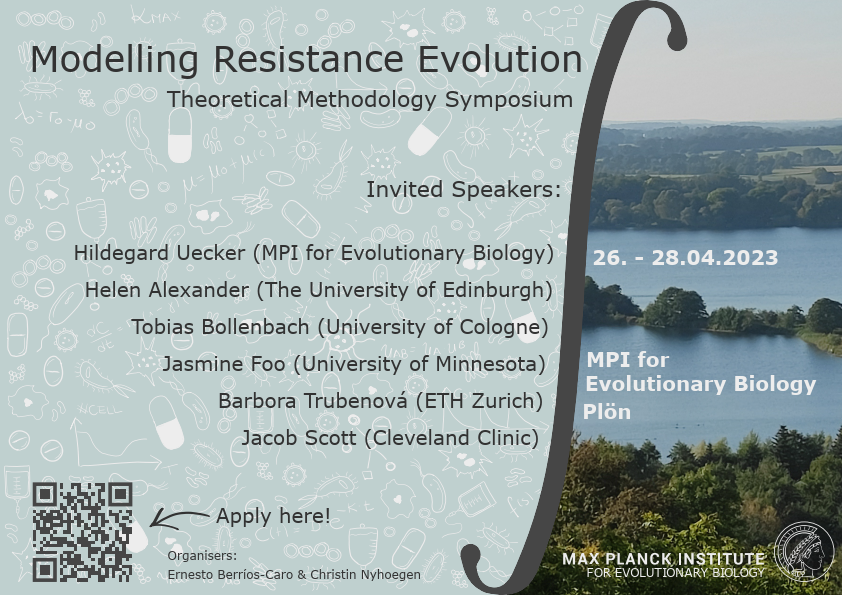Speaker
Description
- combining in vitro and in silico approaches
Worldwide, an increase in spread of extended spectrum ß-lactamases (ESBL) producing Escherichia coli, is threating the public health. Piperacillin/tazobactam (PIP/TAZ) is a widely used antibacterial combination therapy and could be a valuable alternative to the carbapenems, which are the first line therapeutic option against ESBL producing Enterobacteriaceae today. PIP is a ß-lactam antibiotic and TAZ acts as a ß-lactamase inhibitor capable of inhibiting ESBL ß-lactamases belonging to the group of CTX-M [1]. PIP/TAZ is today administrated in a fixed 8:1 dose ratio, although there is no stated scientific rationale for the 8:1 dose ratio [2]. In addition, according to the guideline of European Committee on Antimicrobial Susceptibility Testing, the minimum inhibitory concentration (MIC) of PIP in vitro is determined using a fixed TAZ concentration of 4 mg/L [3]. However, the rational underlying the fixed TAZ concentration is not specified nor is how the resulting MIC is related to the 8:1 dose ratio used in vivo. To establish a rational dosing strategy, a quantitative understanding of the pharmacokinetics (PK) and the pharmacodynamics (PD) is essential. For antibiotics, the MIC is often used as a PD metric and in conjunction with the PK to derive PK/PD indices that are related to e.g. treatment outcome. However, the MIC is a summary metric with the limitation of being based on a single time point visual read out, and does not accurately reflect kill or (re)-growth dynamics. Furthermore, there is no established PK/PD index for ß-lactam-ß-lactamase inhibitor combinations [4]. Thus, further investigation into the PD interaction of PIP/TAZ and its role in resistance evolution is warranted. To this end, this project aims to mechanistically elucidate the PK/PD of the PIP/TAZ combination in clinical E. coli isolates to enable the characterisation of in vitro resistance development. To achieve the objective, we here present a workflow how assessment of in vitro resistance development can be incorporated in a modelling framework. Time-kill experiments will be performed to characterise bacterial (re-)growth and kill dynamics during PIP/TAZ exposure for different concentration combinations, thus going beyond the current 8:1 ratio. Furthermore, experiments designed to identify the acquisition of resistance mechanisms over time will be performed. In parallel, a mechanistic PD model describing the PD interaction between the drugs as well as the drug-pathogen interaction will be developed in silico. The mechanistic model will enable us to describe the dynamics in the system, including the evolution of resistance development. As a next step, a new PD metric shall be derived that includes the consideration of resistance evolution. Moving beyond the MIC, a quantitative mechanistic understanding of the PK/PD of PIP/TAZ and resistance development would enable us to apply a translational approach facilitating the design of optimised dosing regimens. References: [1] Monogue et al., Pharmacotherapy. (2021). [2] Pfizer Inc. Tazocin® - Summary of product characteristics (2014). [3] EUCAST. Breakpoint tables for interpretation of MICs and zone diameters. (2022). [4] Bhagunde et. al., Antimicrob. Agents Chemother. (2012).

